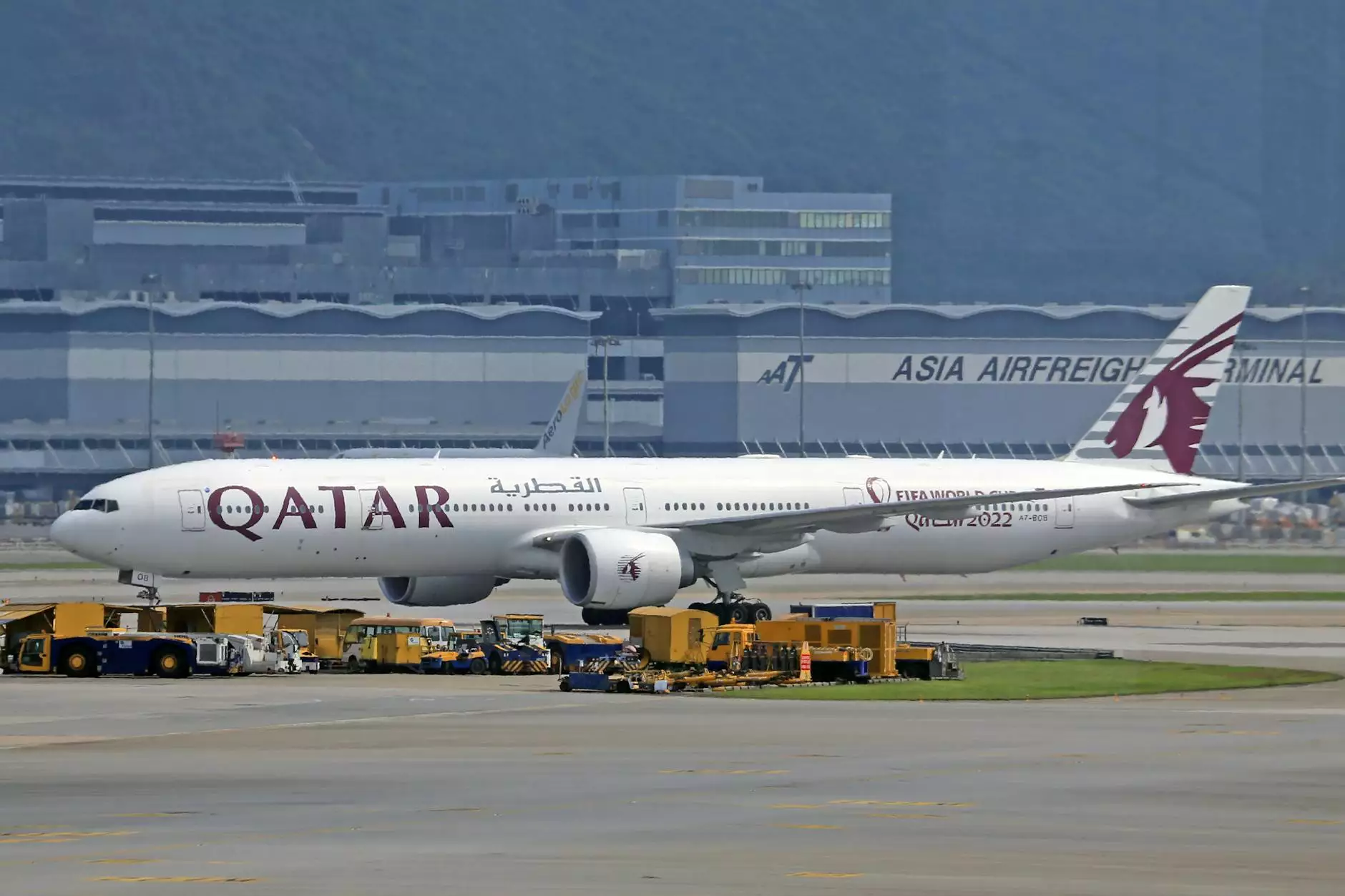Understanding Air Freight Shipping Rates: A Comprehensive Guide

The world of logistics is vast and complex, but one of its most critical components is air freight shipping. It's the lifeblood of international trade and e-commerce, ensuring that goods travel across continents swiftly and efficiently. For businesses looking to optimize their shipping processes, understanding air freight shipping rates can significantly influence their operational decisions and bottom line. In this detailed guide, we will explore the various aspects of air freight shipping rates, the factors that influence them, and provide insights on how to navigate this essential aspect of global trade.
What Are Air Freight Shipping Rates?
At its core, air freight shipping rates refer to the charges levied by air carriers for transporting goods via air. These rates can vary widely depending on several factors, including the type of cargo, distance, weight, and even the nature of the service offered (standard, express, etc.). Understanding these rates is essential for businesses that rely on timely and efficient delivery of products to their customers.
Factors Influencing Air Freight Shipping Rates
The calculation of air freight shipping rates is not a straightforward process; several variables come into play. Here are some of the primary factors influencing these rates:
- Weight and Volume: The weight of the shipment is a primary determinant of the shipping rate. However, volume can also play a crucial role. Shipping companies often use “dimensional weight” which considers the volume of the package. This means that if a package is light but large, it may be charged based on size rather than weight.
- Distance: Naturally, the greater the distance the goods have to travel, the higher the shipping costs. Routes that connect major airports typically have more competitive rates compared to remote locations.
- Type of Cargo: Certain types of cargo, such as perishables or hazardous materials, may incur higher shipping rates due to the need for special handling or temperature control.
- Service Level: The choice between express and standard service can dramatically alter shipping rates. Express services are typically more costly but offer faster delivery times.
- Fuel Costs: Fluctuations in fuel prices can directly impact air freight rates, as airlines often pass these costs on to customers.
- Seasonality: Demand for air freight services can vary throughout the year. Peak seasons, such as holidays, typically see increased rates due to higher volumes of shipments.
Understanding Different Types of Air Freight Services
When exploring air freight shipping rates, it is important to understand the various types of services available:
1. Standard Air Freight
This is the most common form of air freight service. It involves regular flight schedules and is ideal for businesses that can afford a slightly longer shipping time. Rates for standard air freight are generally more economical than express options.
2. Express Air Freight
For businesses needing urgency, express air freight is the solution. This service is faster and often prioritized by airlines, allowing for quicker delivery times. However, this convenience comes at a higher cost.
3. Charter Air Freight
Charter services are tailored for large shipments or specific routes not covered by regular air freight. This option provides flexibility in shipping but can be significantly more expensive due to the customized nature of the service.
How to Optimize Your Air Freight Shipping Rates
For businesses looking to minimize costs while maximizing efficiency in their logistics, here are some strategies to optimize air freight shipping rates:
- Consolidate Shipments: By combining multiple smaller shipments into a single larger shipment, businesses can often negotiate better rates and reduce shipping costs.
- Choose the Right Carrier: Not all air freight carriers provide the same level of service or pricing. It's important to compare rates and service offerings from multiple providers.
- Utilize Technology: Investing in logistics software can help businesses track shipments, analyze shipping patterns, and find the best rates.
- Negotiate Contracts: Establishing a long-term relationship with a freight carrier may enable businesses to negotiate better shipping rates.
The Importance of Choosing the Right Shipping Centers
Choosing the right shipping centers and hubs is essential for effective air freight logistics. Major airports often have more competitive rates due to the volume of freight traffic they handle. Businesses should consider:
Airport Accessibility
Proximity to major airports can significantly reduce transportation costs associated with getting goods to and from shipping centers.
Logistics Infrastructure
Evaluate the infrastructure surrounding the airport: are there reliable ground transportation options, sufficient warehousing facilities, and customs services available?
Customs and Regulations
Understanding the customs regulations at different airports can save time and money, as delays in customs clearance can add to overall shipping costs.
Conclusion
In conclusion, air freight shipping rates play a vital role in the logistics and supply chain management of any business that counts on timely deliveries. By understanding the factors that influence these rates, businesses can make informed decisions that optimize their shipping processes. As the world continues to embrace globalization, adapting to the intricacies of air freight will ensure that companies stay competitive in a rapidly evolving market.
Make sure to re-evaluate your air freight strategy regularly, taking into account the ever-changing market conditions, and partner with reputable logistics providers to enhance your business operations.
For a streamlined experience, consider leveraging expert services from cargobooking.aero which specializes in seamless air freight solutions tailored to meet your business needs.









